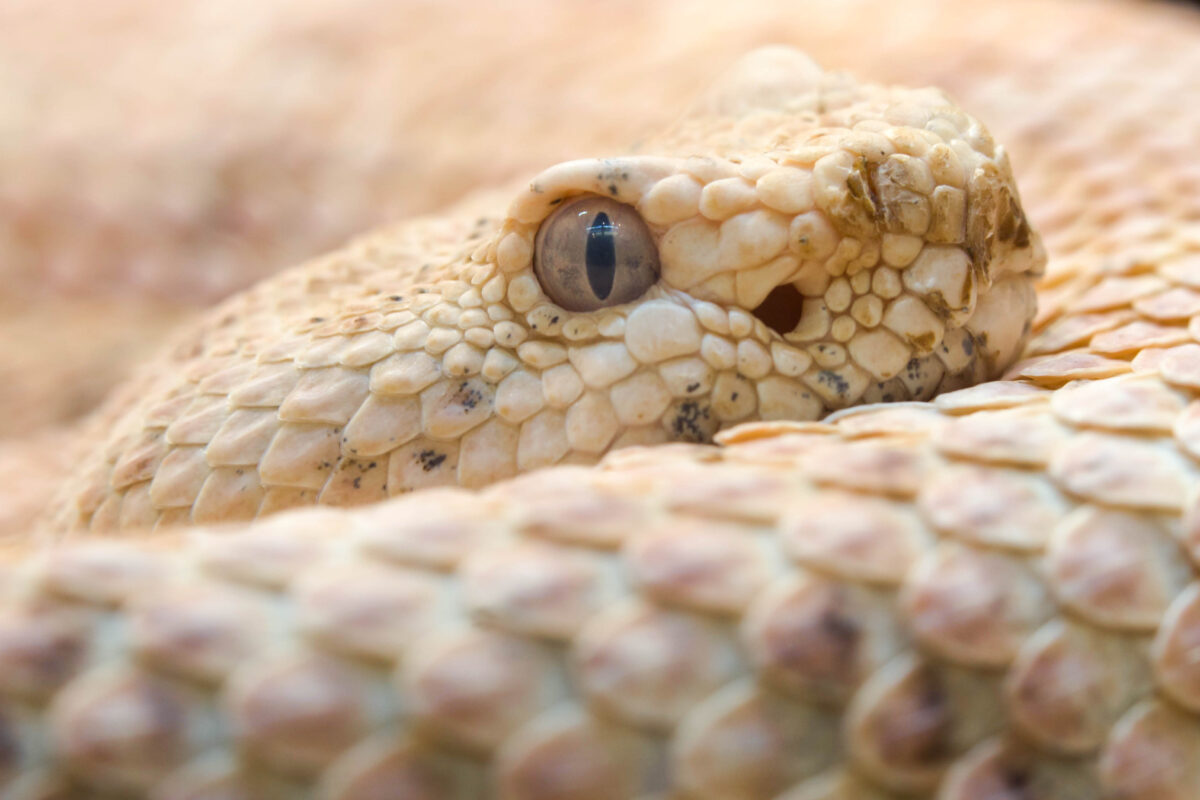What to do if you encounter or get bitten by a snake in Utah
This information was provided via news release to the Standard-Examiner. It was edited for style, length and clarity.
Unseasonably warm temperatures this year have caused snakes to emerge early from hibernation.
Be aware that just because you didn’t encounter a snake on your outdoor adventure last spring at the same time doesn’t mean you won’t this time.
Utah is home to 31 species of snakes. Of these, only seven are venomous and are commonly called “pit vipers” because of the pit located between their nostrils and eyes.
Most pit vipers found in Utah have tails with a series of rattles — hence the name rattlesnake. The venomous snake species in Utah includes the sidewinder, speckled rattlesnake, Mojave rattlesnake, Western rattlesnake, Hopi rattlesnake, midget-faded rattlesnake and the Great Basin rattlesnake. The most commonly encountered is the Western rattlesnake.

Supplied/Utah Division of Wildlife Resources
Most snakes in Utah are non-venomous so most human-snake encounters are generally not dangerous. That said, if you are bitten during an encounter with a venomous snake, the consequences could be serious. It is important to know the difference.
Consider this information:
TIP 1: If you encounter a snake, your best strategy is to leave it alone. Every year, hundreds of want-to-be herpetologists and snake charmers are bitten when they try to capture or kill a snake. Even dead snakes have been known to bite by reflex action. More than 7,000 venomous snakebites are reported every year in the United States. Of these, between nine and 15 are fatal. More than half of the reported bites were a result of someone trying to handle or kill the snake.
TIP 2: As a general rule, poisonous snakes have elliptical pupils and a single row of scales on the underside of the tail. Non-poisonous snakes have round pupils and two rows of scales on the underside of the tail.

Adobestock/Standard-Examiner
As a general rule, poisonous snakes (like the one on the left) have elliptical pupils and a single row of scales on the underside of the tail. Non-poisonous snakes (like the one on the right) have round pupils and two rows of scales on the underside of the tail.
TIP 3: When rattlesnakes are disturbed, their tails will make a characteristic rattling sound to warn the intruder of their presence. But not all rattlesnakes give such a fair warning. You must pay close attention to where you walk, sit and place your hands. Rattlesnakes can be found throughout Utah in sagebrush, pinyon-juniper woodlands, sand dunes, rocky hillsides, grasslands and mountain forests. They typically stay between sea level to timberline elevations.
TIP 4: If you hear a rattlesnake “rattle,” stand still until you can locate where the sound is coming from. Do not try to jump or run. If you do, you may end up within the snake’s striking range.
TIP 5: Snakes are classified as non-game animals and are protected by Utah state laws. A person can’t possess a live, wild snake without receiving a Certificate of Registration from the Utah Division of Wildlife Resources. If there is a human, domestic pet or livestock safety concern, a venomous snake may be killed without a certificate.
TIP 6: Non-venomous snakebites are harmless. If bitten, clean and sterilize the wound much like you would any cut or abrasion. Bites from venomous snakes will almost instantly show signs of swelling and discoloration of the surrounding tissue. Other symptoms include a tingling sensation, nausea, rapid pulse, loss of muscle coordination and weakness. Also, bites from rattlesnakes will show two characteristic fang marks as well as other teeth marks.
TIP 7: If someone gets bitten by a venomous snake:
– Do not allow the person to engage in physical activity such as walking or running. Carry the person if he or she needs to be moved.
– Do not apply a tourniquet to the area above the wound.
– Do not apply a cold compress to the bite area.
– Do not cut into the bite.
– Do not give the victim stimulants or pain medications unless instructed by a physician.
– Do not give the victim anything by mouth.
– Do not raise the bite area above the level of the heart.
– Do not try to suction the venom, as doing so may cause more harm than good.
TIP 8: All venomous snakebites should be considered life-threatening and time is of the essence after the bite. If someone get’s bitten:
– If possible, call ahead to the emergency room so anti-venom can be ready when the victim arrives.
– Keep the victim calm, restrict movement and keep the affected area below heart level to reduce the flow of venom.
– Wash the bite area with soap and water.
– Remove any rings or constricting items, as the affected area will swell.
– Cover the bite with clean, moist dressing to reduce swelling and discomfort.
– Monitor the victim’s vital signs (pulse, temperature, breathing, blood pressure).
– If there are signs of shock, lay the victim flat and cover with a warm blanket. Get medical help immediately.
– Bring the snake — if it’s dead — for identification but only if this can be done without further risk of injury.
Contact Terry Messmer, Utah State University Extension Wildlife Specialist, 435-797-3975, terry.messmer@usu.edu for more information







